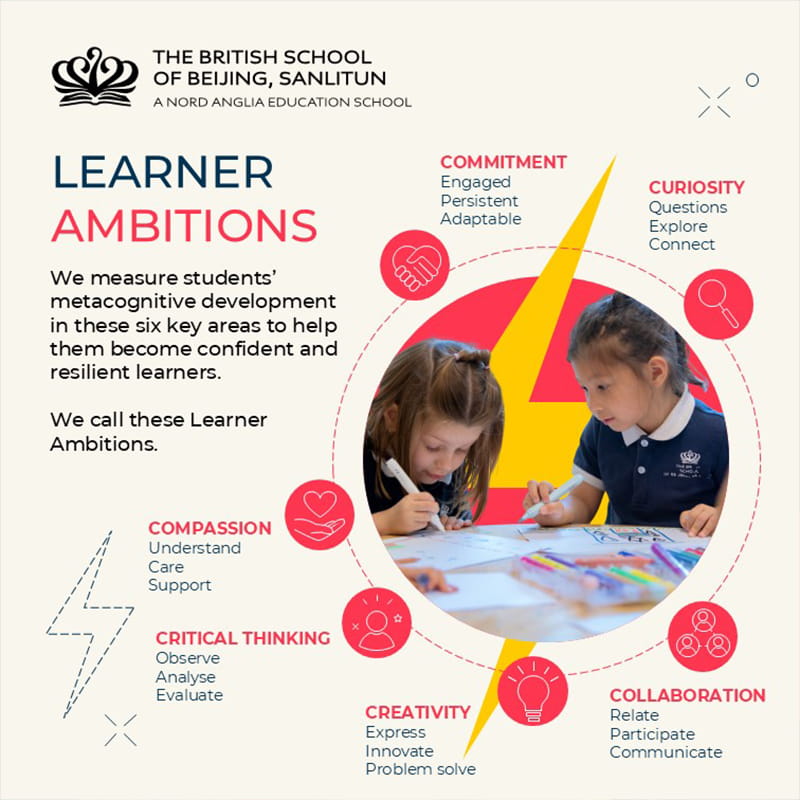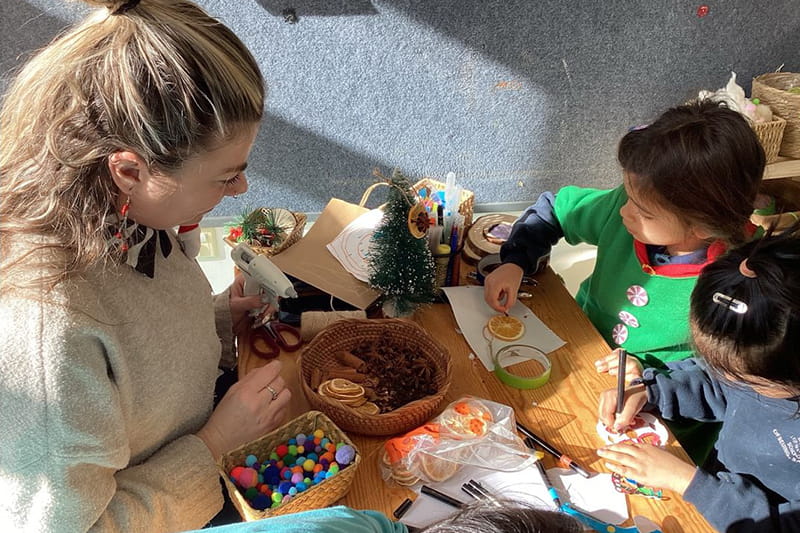As parents, we all want our children to thrive - not just academically, but socially, emotionally, and intellectually. At international schools, where students often navigate diverse languages, cultures, and academic expectations, one of the most powerful tools we can give them is metacognition - or the ability to “think about their thinking.”
Although the word may sound complex, metacognition is simply the awareness and understanding of one’s own thought processes. Research shows that learners can benefit enormously from developing this skill early on.
What Is Metacognition?
Metacognition involves two key elements:
1.Metacognitive Knowledge - Knowing how you learn, what strategies work best for you, and understanding your strengths and areas for growth.
2.Metacognitive Regulation - Being able to plan, monitor, and evaluate your learning process effectively.
For example, a student using metacognition might pause while solving a math problem and ask themselves, “Do I really understand what the question is asking?” or “What strategy can I use to solve this?” Over time, this becomes a habit that boosts learning independence.
Why Start Early?
Young children are more capable of metacognitive thinking than we often realize. According to developmental psychologist John Flavell, who first coined the term metacognition in the 1970s, children as young as five can begin to reflect on their own learning processes if they are guided effectively.
A report from the Education Endowment Foundation (EEF) in the UK showed that teaching metacognitive strategies can lead to an average of seven months of additional progress over a year, particularly in disadvantaged students. These benefits are not limited by age or background.

Early exposure to metacognition supports:
•Stronger academic performance – Students become more active and strategic learners.
•Better problem-solving skills – They approach challenges with a plan and adapt when necessary.
• Resilience and independence – Metacognitive learners are less likely to give up when they encounter difficulties.
•Transferable life skills – These thinking habits aid with decision-making, social interactions, and emotional regulation.

What Does It Look Like in the Classroom?
In many international schools, metacognition is embedded into classroom practices. You might see:
•“Thinking routines”: Questions like “What do I know?”, “What do I need to find out?” and “What will I do next?”
•Learning journals: Where students reflect on what they’ve learned, what was hard, and how they overcame difficulties.
•Modeling by teachers:Educators verbalizing their thought processes to show students how to self-monitor.
For example, in a writing lesson, a teacher might say: “I’m not sure how to start this paragraph. I’ll look back at the question to see what’s important, then make a plan before I write.”
This shows students that struggle is normal - and manageable.

How Can Parents Support at Home?
You don’t need to be an expert in education to nurture metacognitive habits in your child. Here are a few simple ways to help:
• Ask reflective questions: “What did you find easy or difficult today?” “What would you do differently next time?”'
• Celebrate the process, not just the result: Praise effort, planning, and strategy use, not just correct answers.
• Model your own thinking: Share aloud how you make decisions or solve problems in daily life.
• Encourage goal setting: Help your child set simple goals and track their own progress.

A Lifelong Advantage
Metacognition is not just about doing better in school - though it certainly helps with that. It’s about developing self-awareness, confidence, and the ability to take ownership of one’s learning and growth.
As Dr. Saundra McGuire, author of Teach Students How to Learn, explains:
“Students who understand how they learn become empowered learners who can adapt and succeed across a lifetime.”
In a fast-changing world that values critical thinking, adaptability, and independence, helping children develop metacognitive skills is one of the most valuable investments we can make in their future.
In Summary:
Teaching metacognition to young students:
•Enhances academic achievement
•Builds lifelong learning habits
•Encourages resilience and adaptability
•Can start as early as primary school
•Is easily supported at home and school
As part of the global learning community, international school parents have a unique opportunity to champion these skills and foster confident, reflective learners ready for the world ahead.
By Joanne Prabhu
Principal













